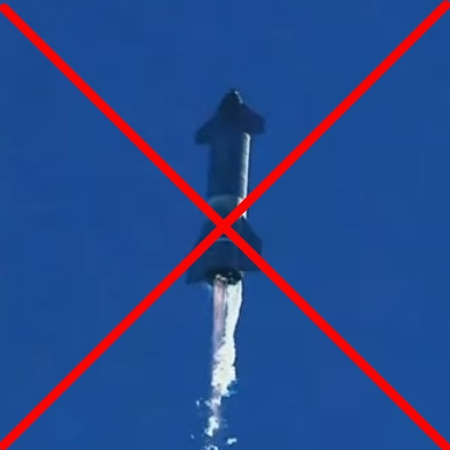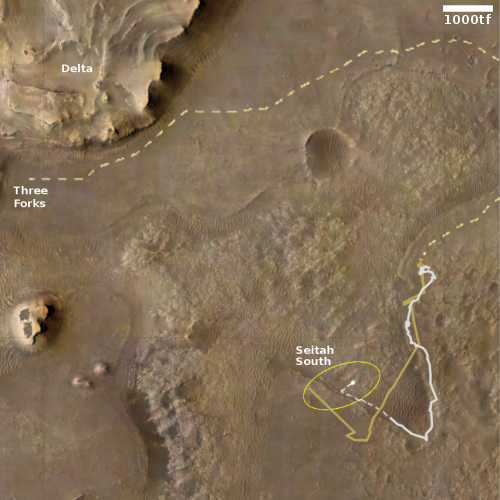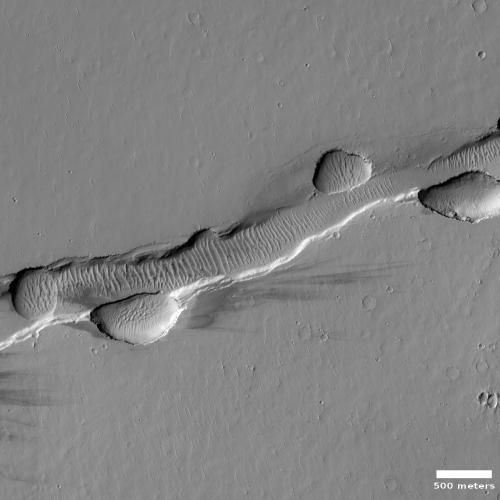NASA freezes work on SpaceX’s lunar lander version of Starship
In response to Blue Origin’s lawsuit that is attempting to cancel the contract award to SpaceX for adapting its Starship upper stage rocket as a manned lunar lander, NASA yesterday officially paused all work by it and SpaceX on this project.
From NASA’s statement:
NASA has voluntarily paused work with SpaceX for the human landing system (HLS) Option A contract effective Aug. 19 through Nov. 1. In exchange for this temporary stay of work, all parties agreed to an expedited litigation schedule that concludes on Nov. 1. NASA officials are continuing to work with the Department of Justice to review the details of the case and look forward to a timely resolution of this matter.
The optics for Blue Origin remain ugly. Not only does the company appear more interested in fighting court battles than building spaceships and rockets, it now is acting to prevent others from doing so.
The timeline of events however is interesting. Blue Origin filed its lawsuit on August 13th. NASA issued the first $300 million payment to SpaceX for this $2.9 billion contract on August 16th. Even with this announcement today, the payment suggests that NASA is doing what it can to make the contract award an accomplished fact that the courts will not find easy to overturn.
In response to Blue Origin’s lawsuit that is attempting to cancel the contract award to SpaceX for adapting its Starship upper stage rocket as a manned lunar lander, NASA yesterday officially paused all work by it and SpaceX on this project.
From NASA’s statement:
NASA has voluntarily paused work with SpaceX for the human landing system (HLS) Option A contract effective Aug. 19 through Nov. 1. In exchange for this temporary stay of work, all parties agreed to an expedited litigation schedule that concludes on Nov. 1. NASA officials are continuing to work with the Department of Justice to review the details of the case and look forward to a timely resolution of this matter.
The optics for Blue Origin remain ugly. Not only does the company appear more interested in fighting court battles than building spaceships and rockets, it now is acting to prevent others from doing so.
The timeline of events however is interesting. Blue Origin filed its lawsuit on August 13th. NASA issued the first $300 million payment to SpaceX for this $2.9 billion contract on August 16th. Even with this announcement today, the payment suggests that NASA is doing what it can to make the contract award an accomplished fact that the courts will not find easy to overturn.












